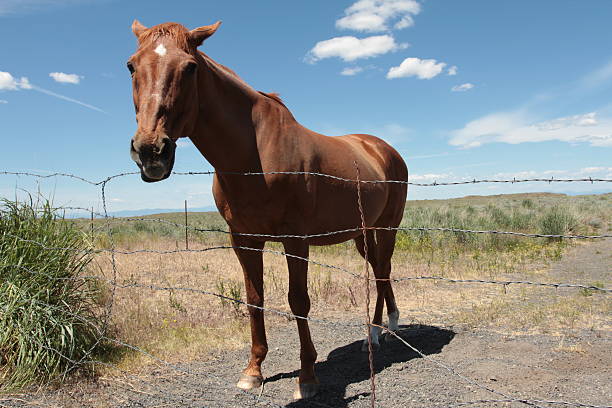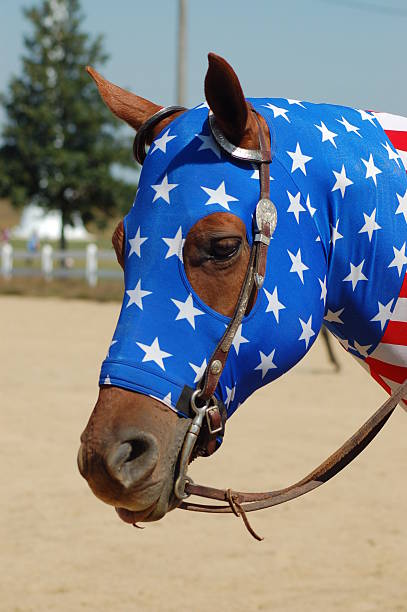Buying a 100 dollar horse sounds unbelievable, but it’s a real search trend in the USA. Many people look for cheap horses, free horses, 100 Dollar Horse, or budget-friendly horses—especially first-time horse owners who dream of owning one without spending thousands of dollars.
But here’s the truth:
A 100 dollar horse is only cheap at the moment of purchase.
The long-term care, health issues, training, and maintenance costs are far more important to understand before making a decision.
This complete guide will explain:
- Why some horses cost only $100
- Whether a $100 horse is safe
- 100 Dollar Horse
- How much a cheap horse really costs to maintain
- Where you can find a $100 horse in the USA
- What to check before buying
- Pros & cons of buying a low-priced horse
Let’s get started.
What Is a 100 Dollar Horse?
A 100 dollar horse refers to any horse sold for around $50–$150, usually due to:
- Owner rehoming quickly
- Age or health issues
- Behavior or training problems
- Auction clearance pricing
- Rescue situations
- Overbreeding on farms
These horses are NOT usually bad horses—but they typically come with challenges that reduce their market value.
Why Do Some Horses Cost Only $100?
There are several reasons why a horse might be sold so cheaply. 100 Dollar Horse. Understanding these reasons will help you know what kind of horse to expect.
1. Owner Can’t Afford Care Anymore

Horses cost hundreds of dollars per month to maintain.
If an owner faces financial challenges, they may sell the horse for a symbolic price just to find it a home.
2. The Horse Has Health Problems
Injuries or long-term illnesses can lower a horse’s price dramatically.
Common issues include:
- Lameness
- Arthritis
- Hoof deformities
- Weight problems
- Digestive issues
- Colic history
Medical issues can turn a cheap horse into a high-expense responsibility.
3. Horse Is Very Young or Very Old
- Foals require training and patience.
- Senior horses need special diets and medical care.
Both reduce the price significantly.
4. The Horse Has Training or Behavioral Issues
Some horses:
- Buck
- Kick
- Bite
- Rear
- Refuse to be saddled
These issues require expert handling and may scare inexperienced riders.
5. The Horse Comes From Auction or Rescue
Auction barns often sell horses quickly, and some go for $50–$200.
Rescue organizations also adopt out horses at low cost to encourage good homes.
Is a 100 Dollar Horse Safe to Buy?
The answer depends on the horse and the buyer.
A $100 horse can be safe, but you must know what you’re doing.
Risks
- Hidden medical problems
- Unknown behavior history
- Poor training
- Past abuse or trauma
- Expensive long-term care
Safer If You Are
- An experienced rider
- A trainer
- Someone with land and proper facilities
- Willing to invest in vet care
If you are a beginner, a $100 horse is usually not recommended.

The Real Cost of Owning a 100 Dollar Horse
Even if you buy the horse for $100, the ongoing cost is much higher.
Here is the average annual cost of horse ownership in the USA:
| Expense | Cost |
|---|---|
| Hay & Feed | $1200–$3600/year |
| Vet Care | $300–$1500/year |
| Farrier | $300–$1000/year |
| Vaccines | $100–$300/year |
| Deworming | $50–$150/year |
| Dental Care | $100–$200/year |
| Boarding (if needed) | $3600–$9600/year |
| Tack, gear, grooming | $300–$1500 (one-time) |
Even a “cheap” horse will cost $4,000–$10,000 per year.
Where to Find a 100 Dollar Horse
1. Local Horse Auctions
Many horses at auctions sell for $50 to $150.
But be cautious—history and medical issues are often unknown.
2. Horse Rescue Centers
Rescues charge $50–$200 adoption fees and provide full details on the horse’s history.
3. Craigslist & Facebook Groups
People rehome horses cheaply due to moving, financial problems, or lack of space.
4. Ranches Downsizing Their Herd
Some ranches sell older horses or broodmares for $100 or less.
5. Retirement Facilities
Older, gentle horses may be placed in new homes with small adoption fees.
Signs a 100 Dollar Horse Might Be a Good Deal
Despite the low price, some $100 horses are fantastic.
Look for:
- Clear, sound hooves
- Calm temperament
- Good weight
- Clean eyes and nose
- No limping
- Good history from owner
- Up-to-date vaccines
Sometimes owners truly want their horse to find a loving home—money isn’t the goal.

Signs a 100 Dollar Horse Might Be a Bad Deal
Watch out for:
- Limping
- Aggressive behavior
- Cracked hooves
- Underweight or overweight
- Eye discharge
- Untouchable or fearful behavior
- No history or paperwork
These signs mean higher long-term expenses.
How to Inspect a 100 Dollar Horse Before Buying
1. Do a Pre-Purchase Vet Exam
A vet can check:
- Lameness
- Joints
- Hooves
- Heart
- Teeth
- Overall health
Cost: $80–$150 (worth every dollar)
2. Ask for the Horse’s Full History
Ask:
- Age
- Medical issues
- Training experience
- Riding level
- Reason for selling
- Past injuries
3. Ride or Handle the Horse
Check:
- Responsiveness
- Comfort with saddle
- Temperament
- Ground manners
4. Bring an Experienced Person
A trainer can spot problems that beginners cannot.
Pros & Cons of Buying a 100 Dollar Horse
Pros
- Cheap upfront cost
- Can be a great companion
- Many can be rehabilitated
- Perfect project horse for trainers
- Sometimes completely healthy
- May be saved from an auction pipeline
Cons
- High long-term expenses
- Potential hidden medical problems
- Not beginner-friendly
- Training may be needed
- Emotional attachment might be hard if horse has major issues
Are 100 Dollar Horses Good for Beginners?
Usually no.
Beginners should look for:
- Calm temperament
- Trained riding history
- No medical issues
Such horses typically cost $1,500–$4,000—not $100.
Can a 100 Dollar Horse Become a Great Riding Horse?
YES.
With proper training and care, many cheap horses become:
- Trail horses
- Family riding horses
- Therapy horses
- Show horses
Some famous competition horses were rescued for under $200.
Tips for Buying a 100 Dollar Horse Safely
- Never buy without a vet exam
- Visit the horse at least twice
- Ask for riding videos
- Check teeth, hooves, and legs carefully
- Avoid impulse buys at auctions
- Calculate the yearly cost beforehand
FAQs About 100 Dollar Horses
1. Are 100 dollar horses real?
Yes. Many rescues and auctions offer horses at $50–$150.
2. Why are horses so cheap sometimes?
Usually due to medical issues, age, or owners needing to rehome quickly.
3. Can you ride a 100 dollar horse?
Yes, if the horse is healthy and trained.
4. Is it safe for beginners?
Usually no—cheap horses often need experienced handling.
5. What’s the true cost of owning a horse?
$4,000–$10,000 per year in the USA.
Final Thoughts: Is a 100 Dollar Horse Worth It?
A 100 dollar horse can be a wonderful partner if you understand the responsibilities.
The purchase price doesn’t reflect the real cost of care—but with patience, training, and love, a cheap horse can become priceless.
If you’re experienced or willing to learn, a $100 horse might be the perfect project.
But beginners should choose carefully, prioritize safety, and never rush into a purchase.

